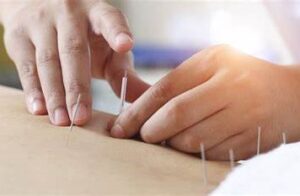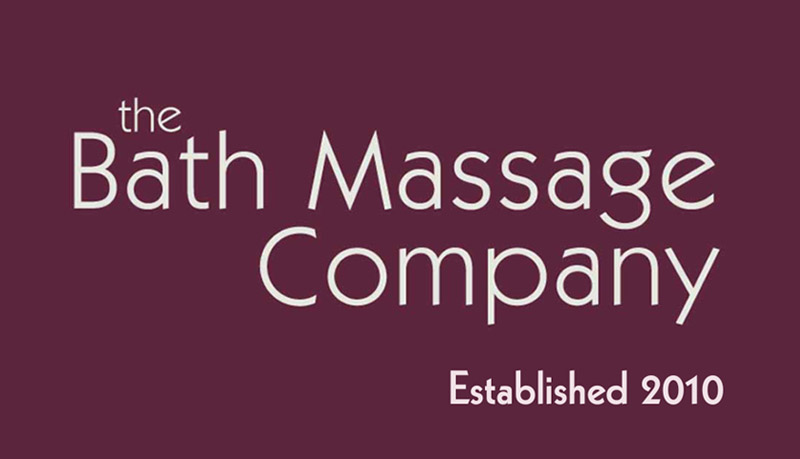 Dry Needling is the practice of using acupuncture needles to treat muscle pain as well as tendon disorders (tendonitis for example) and some joint pain conditions.
Dry Needling is the practice of using acupuncture needles to treat muscle pain as well as tendon disorders (tendonitis for example) and some joint pain conditions.
The technique was developed from acupuncture in the 70’s to be incorporated into a more westernised approach to medicine and the use of needling techniques. Dry needling aims to treat muscle pain by reducing localised muscle bundle contractions (trigger points) by overstimulating the local nervous system feedback loop.
Dry needling also increases blood supply to the area and helps promote healing and there is also recent evidence that dry needling areas of longstanding pain my play a role in re calibrating the patients perception of pain i.e. increase the trigger required before pain is perceived in the brain.
Dry needling is very effective for treating long standing pain around the spine as well as shoulder and tendon conditions. Often the effects are immediate and can make a dramatic difference in pain control and management. It is often a simpler form of needling and can be referred to as trigger point acupuncture.
The Science of Acupuncture
The needles stimulate the nervous system, this realises neuropeptides (which transmits nerve signals) and increases blood flow to the nerve. The resulting response in the spinal cord and brain causes a release of opioid peptides and serotonin which makes you feel good and reduces the signal of pain by inhibiting the nerve pathway to that area of the body.
As complicated as this might sound the benefits are many and effective delivering comfort after around 10 minutes of treatment.
The treatment has been shown to be beneficial for:
• Musculoskeletal pain
• Tension type headache
• Knee pain
• Post operative pain
• Nausea
What happens During Acupuncture Treatment?
First you will have an assessment. This is focused on figuring out if the your pain is coming from the muscle or from the spine (a slipped disc etc). If the pain source is from the spine the therapist will look to place the needle in the musculature around the spine (the source if the pain) rather than over the pain itself.
If the pain is from the muscle, the therapist will palpate and establish the ‘tight’ region, ready for the needle entry point.
Our therapist will choose the appropriate length and depth of the needle for your body size and condition. The needles are solid stainless steel and no substances are being injected via the needles. The needles are very thin in diameter so sometimes you can’t feel them going in, other times it feels like a quick pin-prick sensation.
The needle is inserted into the trigger point as palpated with the therapists fingers as tension spots. On occasion the trigger point will react with a twitch response lasting less than a second, this is followed by muscle relaxation where the muscle “lets go”. The area may feel like a dull ache before and once the needle has been taken out. You may also feel pain distant from the needle/ trigger point, this is referred pain and suggest we have stimulated the trigger point which is a good thing.
Is Dry Needling safe?
The safety of dry needling has been the subject of numerous studies, and the consensus among healthcare professionals is that it is a generally safe and effective treatment when performed by a trained and licensed practitioner. There are very little risks associated with the technique. The risk of infection in negligible as all needles are individually packed in sterile cased tubes and the skin is swabbed before the needle is inserted. Following treatment the needles are disposed of.
Who should avoid Dry Needling?
While dry needling is generally safe, it may not be suitable for everyone. Contraindications include:
-
Bleeding Disorders: Individuals with bleeding disorders or those on blood-thinning medications may be at higher risk for bruising or bleeding.
-
Pregnancy: Dry needling is typically avoided during pregnancy, especially in the abdominal and lumbar regions, due to potential risks to the foetus.
-
Infection or Skin Conditions: Dry needling should not be performed on areas with active infections, rashes, or other skin conditions.
-
Fear of Needles: Patients with a strong fear of needles or anxiety about the procedure may want to explore alternative treatments.
For more information on the safety of dry needling, refer to studies published in reputable journals such as the Journal of Orthopaedic & Sports Physical Therapy, the British Journal of Sports Medicine, and the American Journal of Physical Medicine & Rehabilitation.
If you are interested in dry needling please contact us or book your appointment here.
Treatments are available for 30 minutes.





